Image of 1959 Bmw Isetta, Note: These illustrations use artistic license and may differ from actual historical models.
Performance Metrics
Fundamental Metrics
Emotional Appeal
MMP Rating
| Engine Specifications | |
|---|---|
| Engine: | Single-cylinder four-stroke engine |
| Displacement: | 298cc |
| Horsepower: | 13 hp |
| Torque: | Estimated at 14.2 Nm |
| Compression Ratio: | 6.8:1 |
| Ignition System: | Magneto ignition |
| Cooling System: | Air-cooled |
| Performance Specifications | |
| 0-60 Time: | 30 seconds |
| 1/4 Mile Time: | Not available |
| Top Speed: | 53 mph |
| Transmission and Drive | |
| Drive Type: | Rear-wheel drive |
| Transmission Type: | 4-speed manual |
| Fuel and Efficiency | |
| Fuel System Type: | Carburetor |
| MPG: | 50-60 mpg |
| Dimensions and Brakes | |
| Brakes: | Drum brakes |
| Wheelbase: | 58.3 inches |
| Weight: | 770 lbs |
Note: Specifications for classic cars are given to the best of our ability, considering the limited and variant data available.
Unveiling the Charm of the 1959 BMW Isetta
The 1959 BMW Isetta emerges as a testament to ingenuity in automotive design during a time when compact efficiency began to sparkle on the horizon of the motor industry. Born from the necessities of post-war Europe, this microcar, with its Italian roots and German refinement, became an emblem of mobility for the masses. The Isetta's most striking moment came when it earned the title of the world's best-selling single-cylinder car, a fact that still turns heads among enthusiasts and historians alike.
Design and Innovation
With its distinctive bubble-like shape and vibrant palette, the Isetta's exterior styling was both functional and eye-catching. The front-opening door, which included the entire front end of the car, was not only innovative but also a conversation starter. Inside, the cabin was surprisingly roomy for its size, with materials focused on simplicity and durability rather than luxury. Technological features were modest by today's standards but represented a significant leap forward in microcar development at the time. While color options ranged from conservative to bold, hues like red and turquoise often topped the popularity charts. The most iconic body style remains the standard "bubble window" coupe, which featured a canvas sunroof doubling as an emergency exit.
Historical Significance
The BMW Isetta's impact on automotive design is undeniable; it challenged conventional car proportions and paved the way for future microcars. Its unique approach to urban mobility set it apart from other vehicles of its era and left an indelible mark on automotive history.
Performance and Handling
Performance-wise, the Isetta was never intended to break records, with a top speed hovering around 53 mph and leisurely acceleration that reached 0-60 mph in about 30 seconds. However, its handling was nimble in urban environments thanks to its lightweight design. The driving experience was intimate, with every hum of its single-cylinder engine felt through the seat of your pants. The ride was firm yet manageable, offering a unique charm that modern cars struggle to replicate.
Ownership Experience
The Isetta found its niche as a daily driver for those navigating narrow European streets but also enjoyed status as a quirky show car. Its reliability was commendable given its simplicity, with maintenance being straightforward enough for an amateur mechanic to undertake. Parts availability now may pose challenges but adds to the joy of owning a piece of motoring history.
Fun Facts
This pint-sized vehicle boasts an array of fun facts: from being driven by celebrities like Elvis Presley to making cameos in numerous films and TV shows. While not known for breaking speed records, it did break barriers as an innovative solution to post-war transportation needs. Criticisms often focus on its modest power and quirky looks, but these are also part of its enduring charm.
Collector's Information
Today, collectors cherish the 1959 BMW Isetta for its rarity and character. With an estimated production number in the tens of thousands for various models over its lifespan, exact figures for '59 models are elusive. However, well-preserved examples can fetch anywhere from $30,000 to $45,000 depending on condition and originality. The market shows appreciation for these microcars as they embody both nostalgia and practicality.
Conclusion
The 1959 BMW Isetta stands as more than just a vehicle; it is a cultural icon that encapsulates a period of transformation within the automotive world. Its legacy endures not only in museums or private collections but also in the hearts of those who appreciate the blend of simplicity and character that defines this remarkable microcar.
1959 Bmw Isetta Catalog of Parts
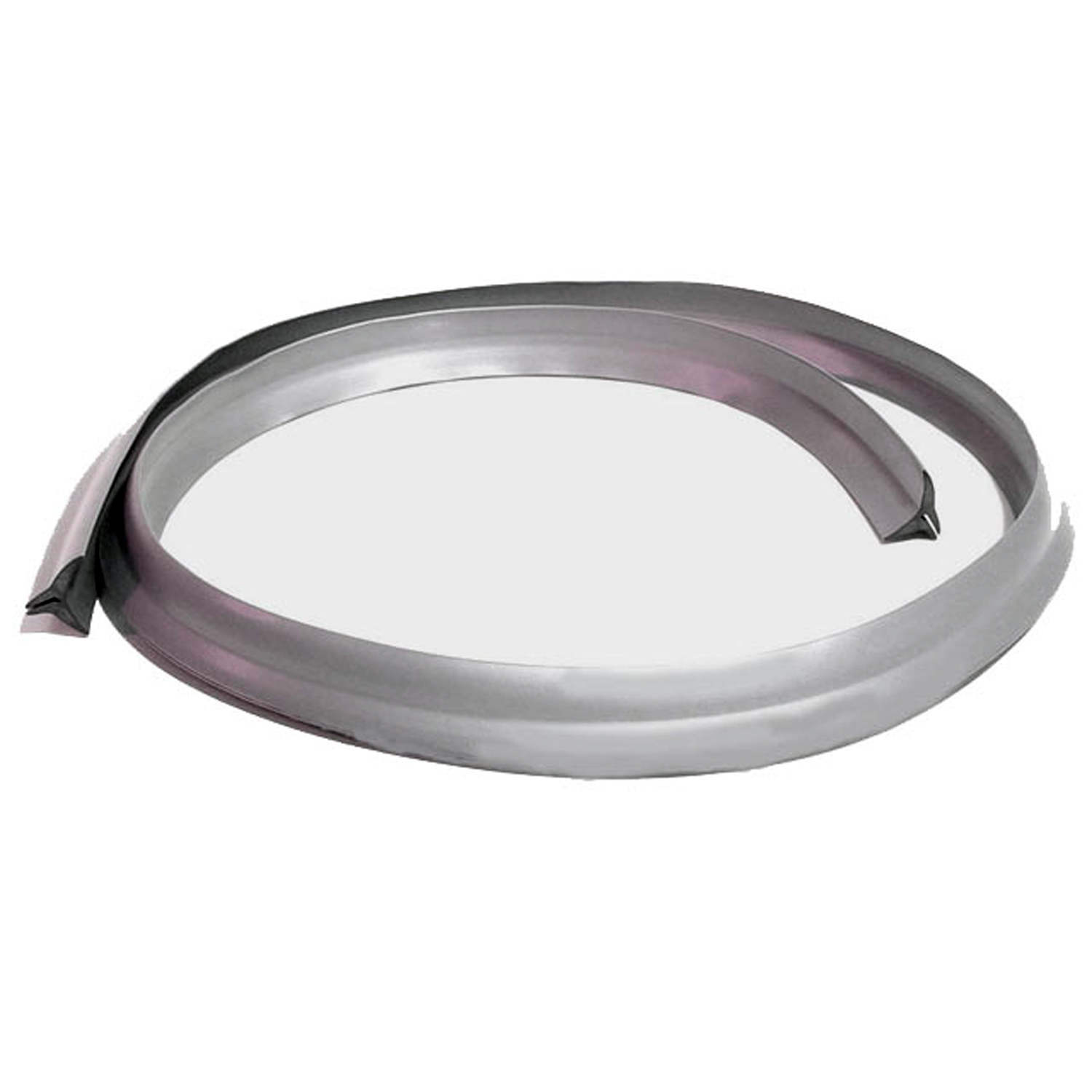 1959 BMW Isetta Bumper to Body Seal. 34" long X 5/8" wide. Each-BG 91-IBumper to Body Seal. 34" long X 5/8" wide. Each
1959 BMW Isetta Bumper to Body Seal. 34" long X 5/8" wide. Each-BG 91-IBumper to Body Seal. 34" long X 5/8" wide. Each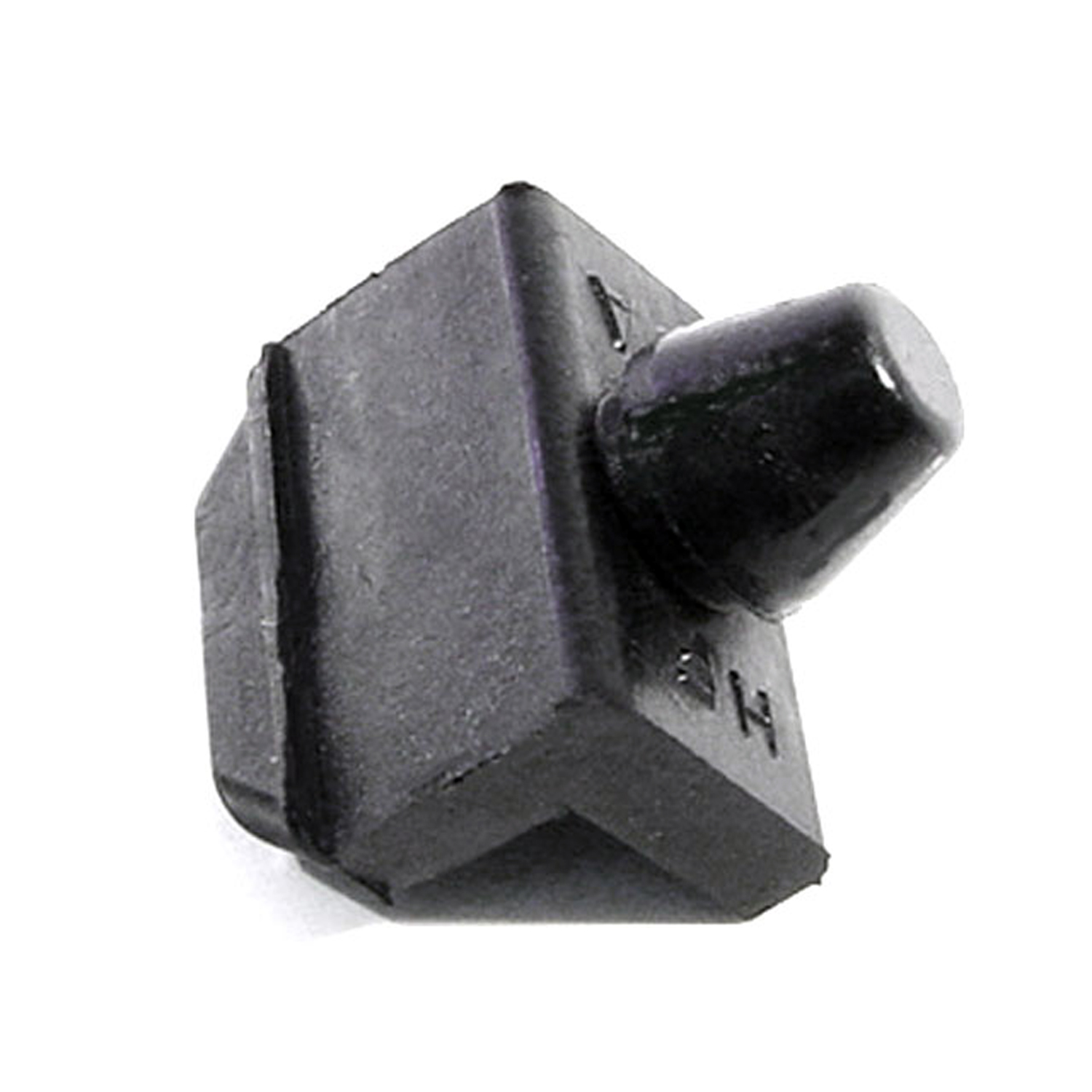 1959 BMW Isetta Hood Bumper. 1" long X 7/8" wide. Each-HF 29-AHood Bumper. 1" long X 7/8" wide. Each
1959 BMW Isetta Hood Bumper. 1" long X 7/8" wide. Each-HF 29-AHood Bumper. 1" long X 7/8" wide. Each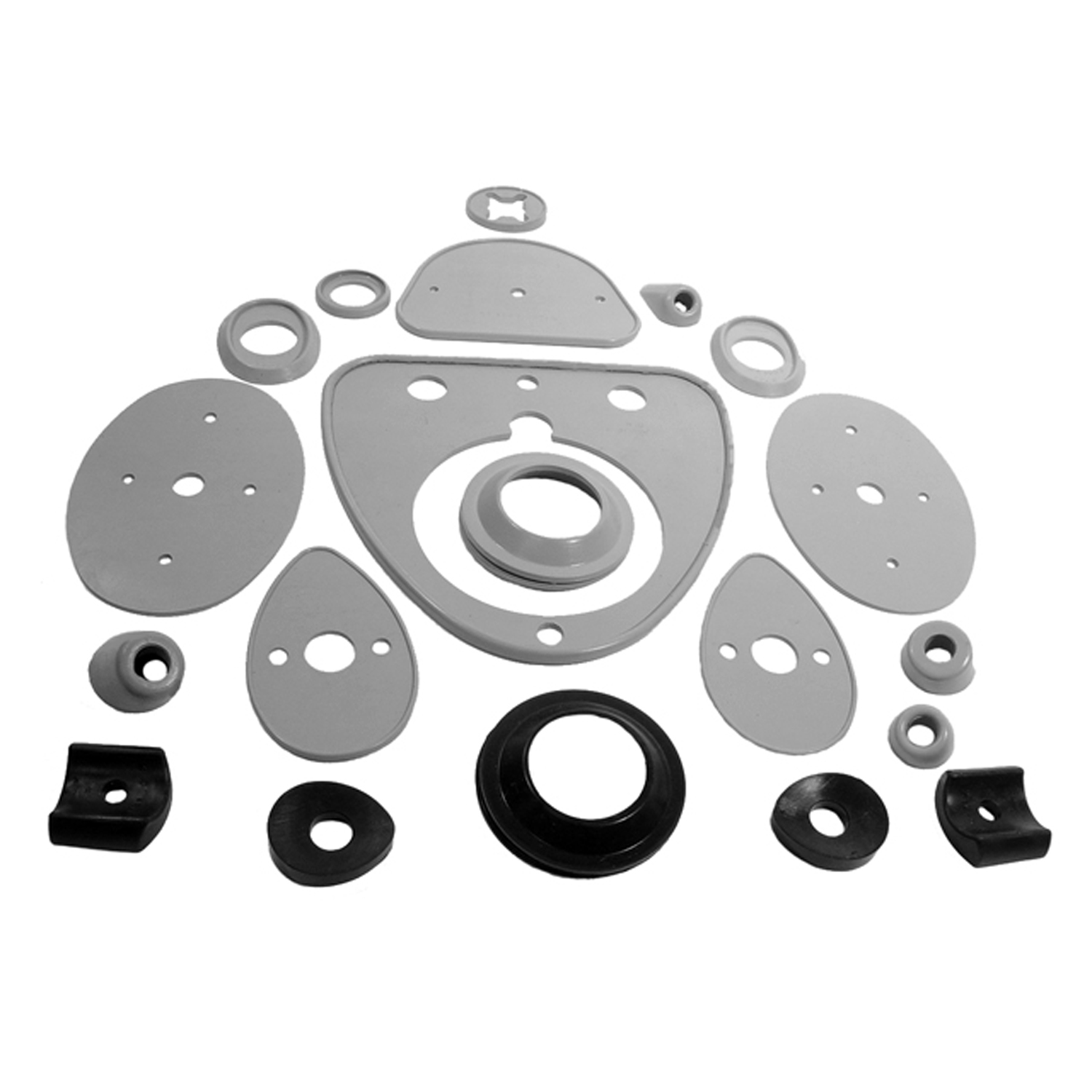 1959 BMW Isetta Mounting Base Kit-MBK 100Mounting Base Kit
1959 BMW Isetta Mounting Base Kit-MBK 100Mounting Base Kit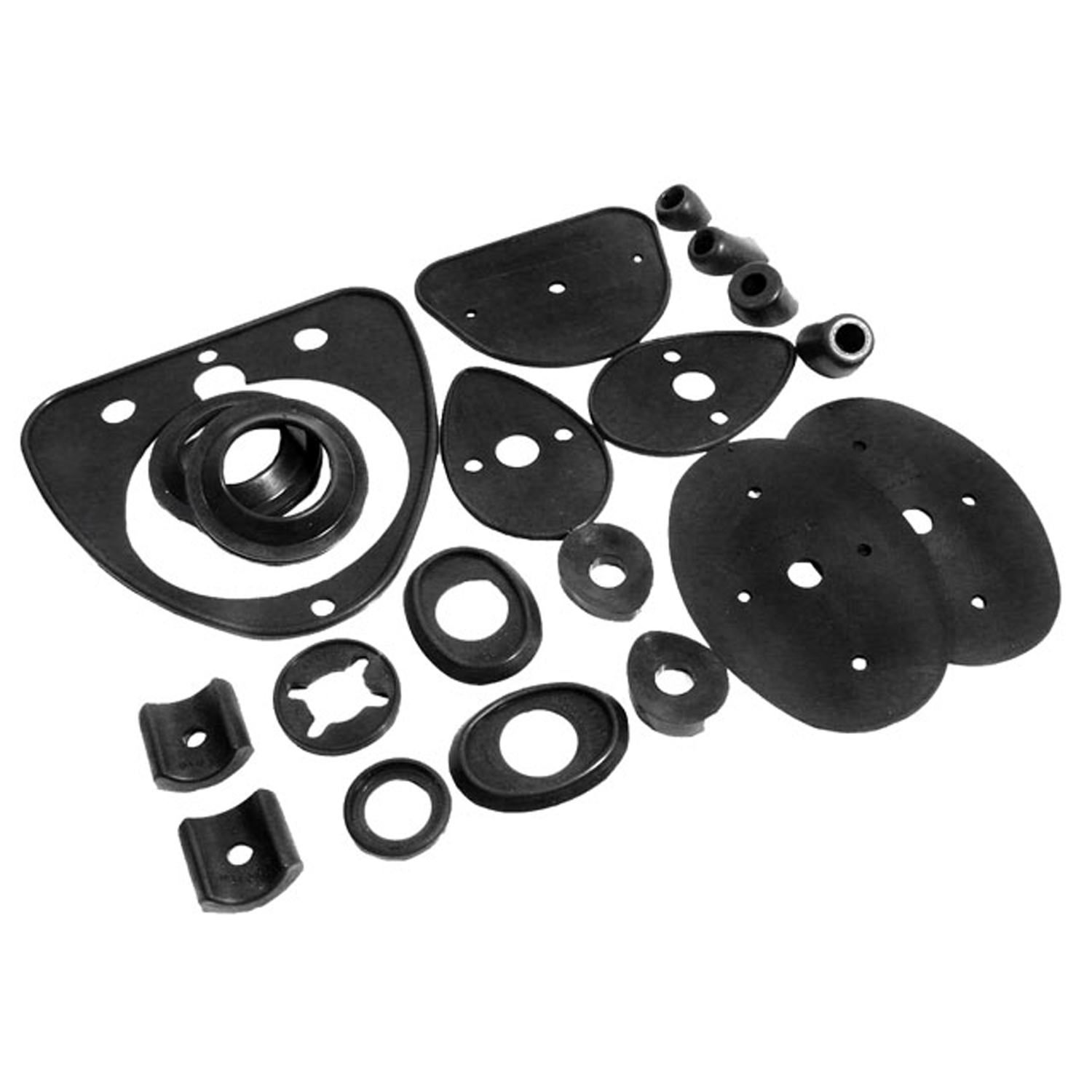 1959 BMW Isetta Mounting Base Kit (Black parts only. 20-Piece Set.-MBK 101Mounting Base Kit (Black parts only. 20-Piece Set.
1959 BMW Isetta Mounting Base Kit (Black parts only. 20-Piece Set.-MBK 101Mounting Base Kit (Black parts only. 20-Piece Set.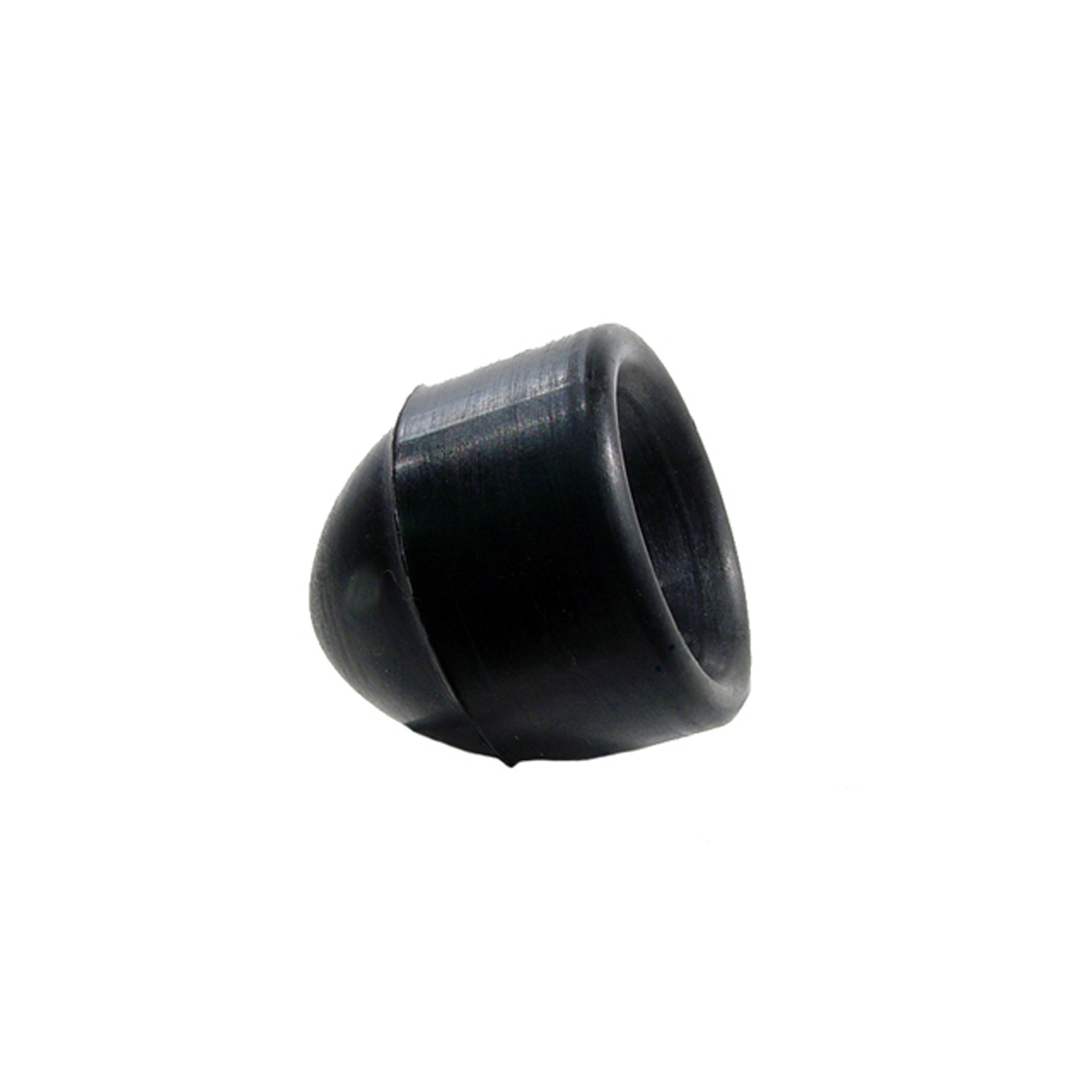 1959 BMW Isetta Suspension Bumper. For sliding window models only-XB 40Suspension Bumper. For sliding window models only. 1-1/2" O.D., 1-11/16" High. Each
1959 BMW Isetta Suspension Bumper. For sliding window models only-XB 40Suspension Bumper. For sliding window models only. 1-1/2" O.D., 1-11/16" High. EachWhy Choose Metro?
For over 100 years, Metro Moulded Parts has been the pinnacle of quality in classic car restoration parts. Our commitment to precision and authenticity in every component ensures a perfect fit and an OEM-level appearance.
- Expert Craftsmanship & Quality: Each part is a testament to our dedication to reliability and perfection, crafted from original designs and thoroughly tested.
- Advanced Technology: We use cutting-edge techniques to create flawless, long-lasting parts that surpass others in performance.
- SuperSoft Sponge – The Ultimate Door Seal: Not only are our door seals 30% softer than competitors', but they're also guaranteed to never leak. They effectively reduce wind and road noise, enhancing your classic car's comfort and driving experience.
- Proudly American: Our parts are a product of American craftsmanship, made in the USA with a spirit of excellence and heritage.
- Unrivaled Warranty: We back our products with a 30-year industry-leading warranty, a testament to our confidence in their quality.
Join us in preserving the legacy of classic cars with parts that are crafted for perfection, not just made.

